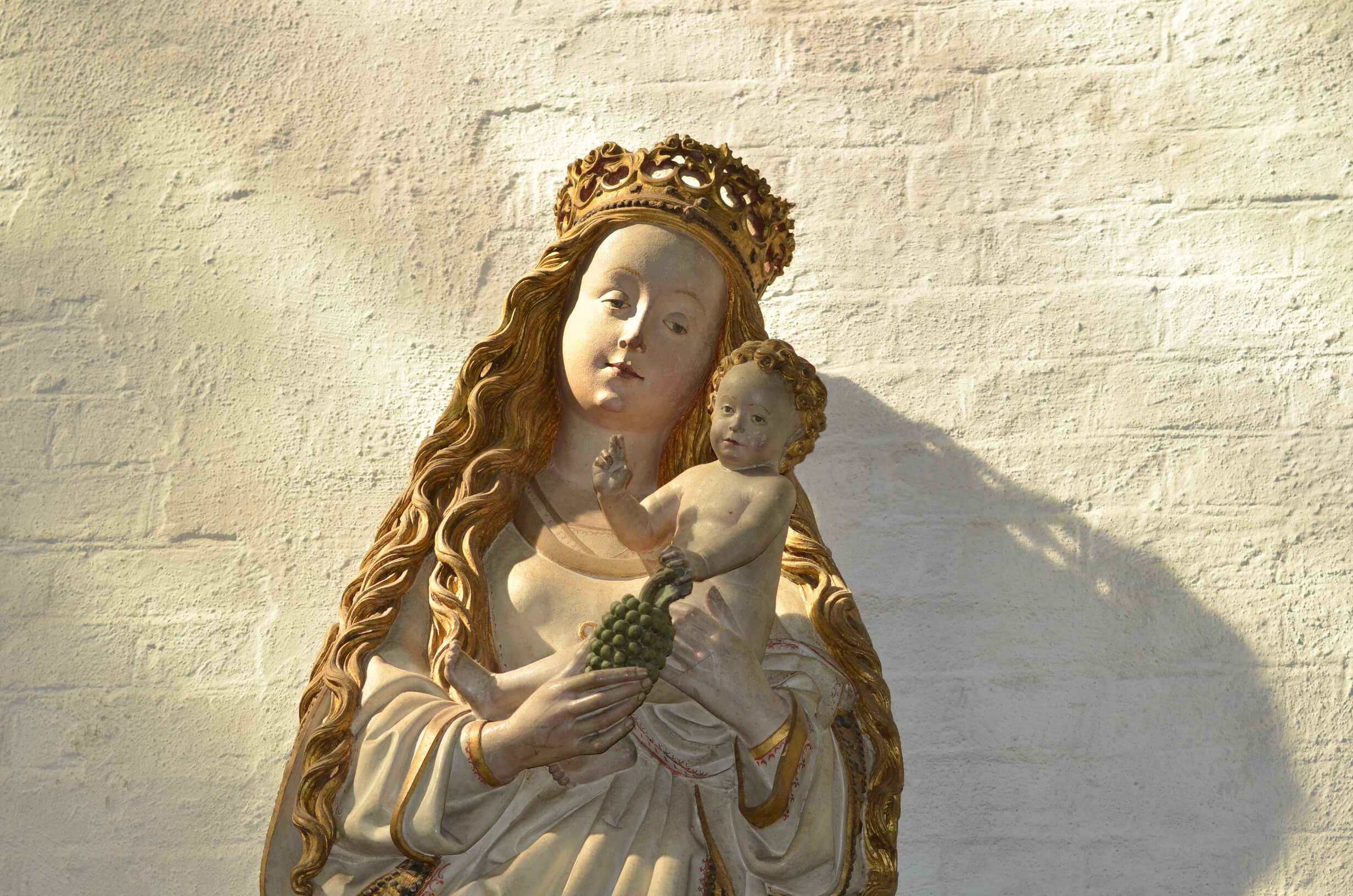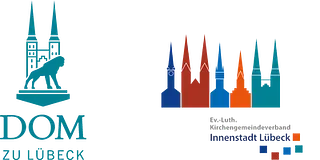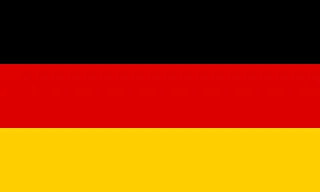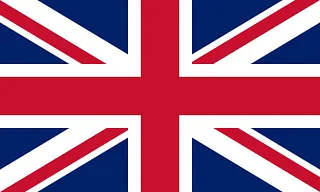Art treasures
1. The Triumphal Cross by Bernt Notke
The great Triumphal Cross by Bernt Notke was donated by Bishop Albert Krummedick, who kneels under the biblical figures, from his own funds and erected in 1477. As an artist Krummedick won the Lübeck artist Bernt Notke with his workshop. The bishop was buried under the cross in 1489. The program of the triumphal cross with its original 72 figures and a multitude of meaningful references goes back to him.
Adam and Eve stand at the top right and left. Under the cross are the mourning Mary, and the disciple John.The donor Bishop Krummedick gives himself the place opposite Mary Magdalene, the so-called great sinner, thus invoking the forgiveness that this woman experienced.The figure of the crucified, as Notke created it, unites in itself the majesty and the pain of death of the Son of God.The cross is designed as a tree of life: branches sprout from the wood on which Jesus hangs. It recalls the image of the vine and the branches.The wood of the curse becomes the tree of life.Faith in Christ, who lays down his life as the guarantor of God's love, gives life.
Old Testament figures accompany the trunk and the arms of the cross.They point to the way of Christ with their prophecies or with their own fate.There are 24 figures, the 24 elders from the Revelation of John.They represent the Church from all peoples, from all generations and pay homage to Christ, the Lamb of God, who alone is worthy to take power and riches, wisdom and strength and honor and praise and glory.
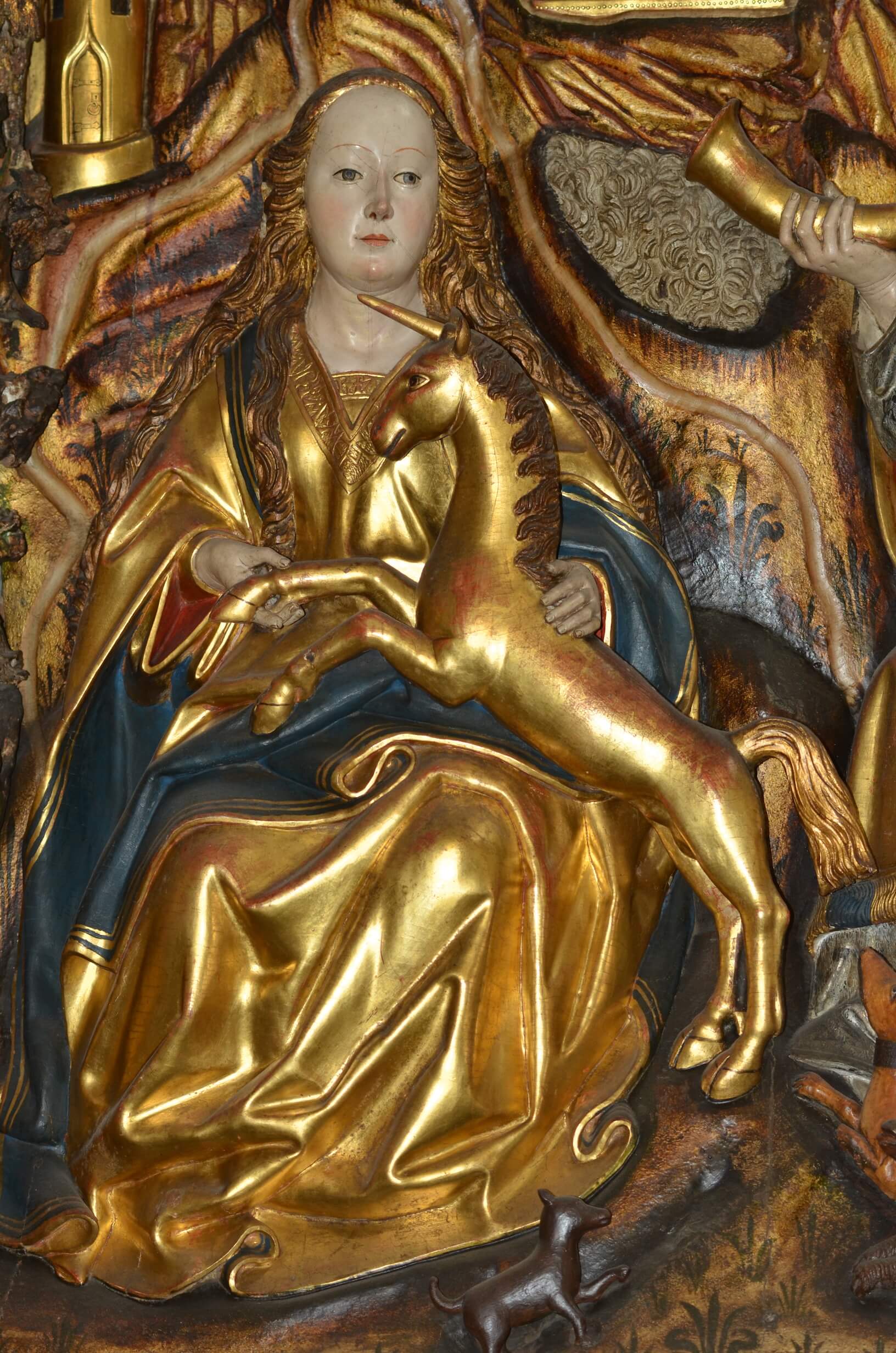
2. Four medieval side altars
Four medieval side altars stand against the crossing pillars.At times there must have been over 40 altars in the cathedral to accommodate the many requests for masses for the souls of the deceased.
The altar of the canonical times of day was created in the 1st third of the 15th century by a Lübeck master.The stations of Jesus' Way of the Cross are assigned to the seven times of day.The Latin texts are taken from a Latin hymn, which is recorded in German in the Protestant hymnal: Christus, der uns selig macht (EG 77).
The altar of the Stecknitz riders from 1422 has the Incarnation of Christ as its theme.In the center shrine, next to Mary with the Child, are the figures of St. Catherine and St. Barbara; the painted side wings show Advent and Christmas scenes.The altar of the mill servants was made around 1460.It too shows Mary in the center surrounded by a band of clouds and a halo of rays.The child is writing the Lord's Prayer on a parchment.Next to it the figures of St. Catherine and St. Martin. The figures of the side wings have been lost.
The youngest of the cathedral altars is the altar of Mary with the Unicorn Hunt from 1506. The central shrine shows in particularly beautiful and well-preserved carving the announcement of the birth of Jesus in the form of the Unicorn Hunt.
3. Maria
Two large statues of Mary are found in the cathedral. The older one dates from around 1450, when the Marietide Chapel in the east was completed and daily Marian devotions were held in the cathedral. Today it stands in a niche of the north transept. The Mother of God is completely focused on the Child. On her head, the Queen of Heaven wears a star-studded crown. The child plays with the mother's prayer chain and places it in a vessel. Mary is understood as the vessel chosen by God.to give birth to the Savior.
The "Beautiful Madonna" was created in 1509, just before the Reformation. She has a graceful figure. Immersed in herself, she echoes the angel's words: Hail, blessed one. Mary looks at the child. Blessing, Christ raises his hand and with the other reaches for the grape that Mary holds in her hand. It seems almost playful, but it is a reference to the passion of Christ and to the Eucharist.
